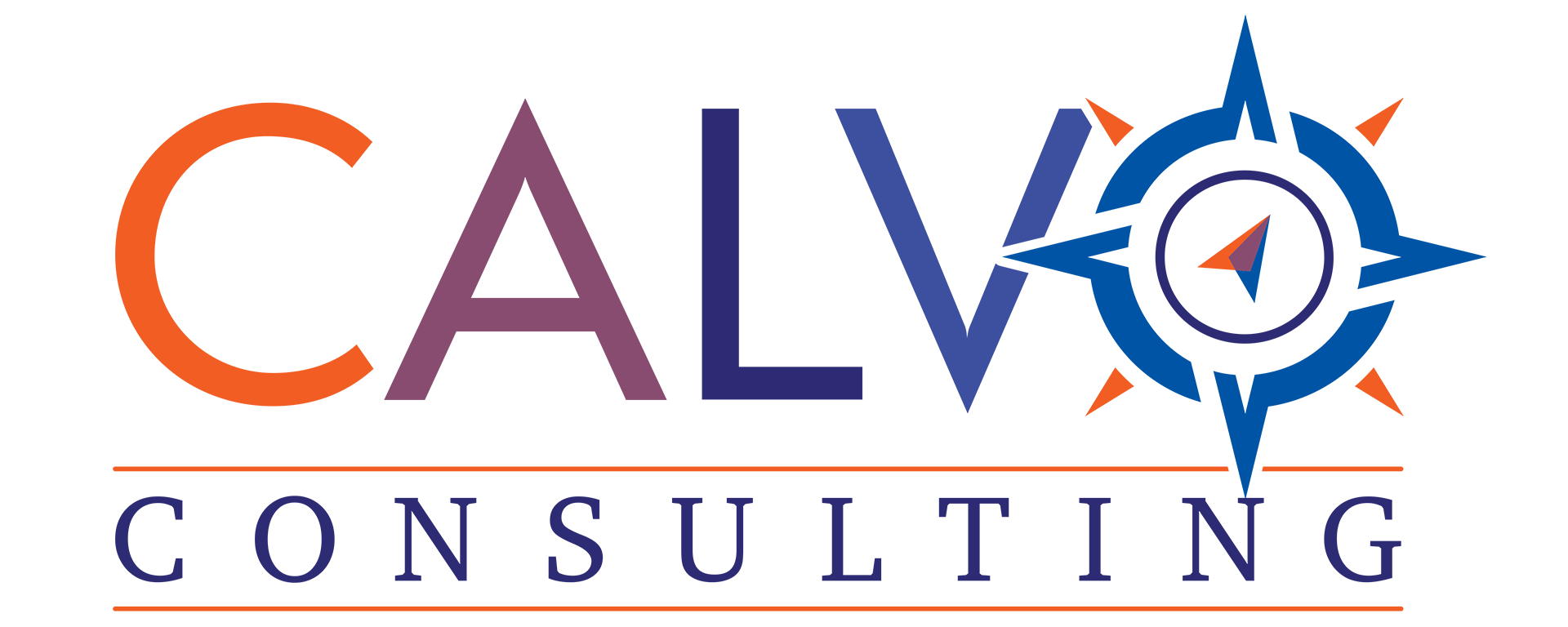Branding Strategy Made Simple: Frameworks, Examples, And The 3 C’s
Holiday campaigns are around the corner, and every click will cost more. If your message is unclear, inconsistent, or forgettable, you will pay for traffic that does not convert. This guide gives you a simple framework to sharpen your branding strategy fast so your paid, SEO, and landing page efforts work harder with every visit.
Brand messaging vs. marketing message
Brand messaging is the core story of who you are, what you stand for, and why you matter. It includes your value proposition, positioning, tone of voice, pillars, and proof. It should be channel agnostic and stable over time. Think of it as the source code for every communication decision.
Marketing message is how that core story shows up in specific campaigns, audiences, and formats. It adapts to the channel and the offer. The brand message says, here is who we are and the value we deliver. The marketing message says, here is why this audience should act now on this channel with this proof.
Example:
- Brand message: Patagonia stands for quality outdoor gear that protects the planet and encourages responsible consumption.
- Marketing message: New recycled down jackets, 20 percent off through Sunday, free repairs, shop now.
Your marketing message changes weekly. Your brand message evolves slowly. Keep them aligned so you build equity while you drive response.
What is brand positioning?
Positioning is the space you own in the mind of your ideal customer relative to alternatives. It defines the category you compete in, the audience you serve, the value you deliver, and the reasons to believe. Great positioning is specific enough to guide choices and broad enough to scale.
The four components of positioning
- Category: the market frame you want to be compared in.
- Audience: the best-fit segment with a shared job to be done.
- Value: the outcome you deliver that customers care about.
- Proof: the evidence that makes the value credible.
Put them together into a clear statement: For [audience], [brand] is the [category] that delivers [value], because [proof].
Example positioning statement: For growth-focused ecommerce founders, Acme Analytics is the conversion analytics platform that increases revenue per session with precise attribution and on-page experiments, because it blends server-side tracking with automated A/B test ideas trained on your product catalog.
The 3 C’s of brand messaging
Strong brands pass three tests with every line of copy.
- Clarity: Plain language that names the problem, the solution, and the outcome. No jargon. No internal shorthand. If a first-time visitor cannot repeat your value in one sentence, it is not clear.
- Consistency: The same promise, tone, and proof across home, ads, email, and sales decks. Consistency compounds trust and improves paid efficiency because the pre-click promise matches the post-click experience.
- Character: A distinct voice that feels human and aligned to your values. Character makes you memorable. It attracts your people and repels the wrong fits, which saves money and time.
Run every headline, ad, and CTA through these three filters. If it fails one, revise before you ship.
A quick deconstruction: Nike as inspiration
Nike’s brand message elevates human potential through sport, with a simple rallying cry, Just Do It. That core message is timeless, emotional, and universal. Their positioning lives in athletic performance and inspiration for athletes at every level. Proof shows up in athlete partnerships, product innovation, and cultural moments.
- Brand message example: Empower every athlete to push past limits.
- Marketing message examples: Save on Pegasus 41 today; members get 10 percent off; new colorways available.
Notice the pattern. The brand message sets the emotional North Star. The marketing message adapts to offers and drops without drifting from the core.
Use this as a guide, not a template. Your character should reflect your values, your customer reality, and your category norms.
From positioning to performance: connect the dots
Brand messaging is not a deck. It is a system that accelerates performance when it shows up in downstream work.
- Persona development: Translate positioning into specific pains, motivations, objections, and triggers.
- Content mapping: Align questions and objections to content by stage, from problem awareness to selection.
- Landing page optimization: Map the pre-click promise to the hero message, social proof, and CTA. Remove friction. Mirror the language from the ad to reduce bounce and increase clarity.
When you anchor paid search and SEO content to a tight message, quality scores rise, CPCs drop, and conversion rates climb. Strong messaging can be your most cost effective lever during high competition seasons.
Frameworks and templates you can use today
- Value Proposition Formula
- For [audience] who struggle with [problem], [brand] delivers [outcome] through [solution], validated by [proof]. Test it as an H1 and an ad headline. Aim for 12 to 18 words, then add a subhead for detail.
- Proof Pyramid
- Top: One singular, credible claim.
- Middle: Three proof points, such as testimonials, quantified outcomes, or certifications.
- Base: Process evidence, case studies, or video demos. Use this to structure product pages and high intent landing pages.
- Message Map
- Core promise
- Three pillars that support the promise
- Evidence for each pillar: Deploy across homepage, category pages, and ad variations. Keep the words consistent, adjust the emphasis by audience.
What is brand messaging and examples?
Brand messaging is the structured system of your core promise, pillars, voice, and proof. Examples include:
- Promise: Save growing retailers time on inventory with automated forecasting.
- Pillars: Accuracy, ease of setup, real-time alerts.
- Proof: 32 percent lower stockouts in 60 days, SOC 2 compliant, used by 500 mid-market stores.
- Voice example line: Inventory clarity in a single click.
Bringing it to life on your site and in campaigns
- Homepage: Lead with your promise. Support with three pillars and immediate proof.
- Paid search: Match the headline to the exact pain or intent. Keep the same nouns and verbs on the landing page.
- SEO: Build topic clusters around your pillars. Internal links should connect educational content to conversion pages.
- Analytics: Track headline tests and scroll depth so you know which messages move visitors to engage.
If you need help setting measurement, streamline your google analytics setup so every variant and CTA is tracked cleanly. Pair that with periodic digital marketing audits to find leaks in the journey.
Sector agnostic examples
- B2B SaaS: For operations leaders in manufacturing, FlowOps is the workflow platform that cuts downtime with predictive alerts, because it integrates with PLC data and learns your lines in a week.
- Services: For multi-location dental practices, BrightSmile is the patient acquisition partner that fills high value appointments, because it blends local SEO, review management, and insured plan targeting.
- Ecommerce: For busy parents, LunaLunch is the reusable lunch kit that keeps food fresh and fun, because its modular design cleans in minutes and survives the dishwasher.
Each example is short, specific, and verifiable. That is the goal.
How to pressure test your message in 48 hours
- Customer listening: Pull five recent calls or support tickets. Highlight exact phrases customers use to describe pains and wins.
- Five-second test: Show your hero section to five people who match your audience. Ask what the product does, who it is for, and why it is better. If they hesitate, revise.
- Ad trio: Launch three ad headlines that express your promise in different ways, one focused on pain, one on outcome, one on proof. Send to the same landing page. Keep the landing page message identical to the winning headline.
- Objection sweep: Add a single line answer to the top two objections next to your primary CTA.
A note on the 4 P’s vs. the 4 components
The 4 P’s of marketing are different than the four components of positioning. Use the four components here to craft a tight statement that sales, product, and marketing can all use without translation.
Summary and next step
Clear brand messaging is not fluff. It is a profit lever. Define your positioning with four components, pressure test it, and apply the 3 C’s on every page and every campaign. When your promise is clear, consistent, and full of character, paid performance improves, SEO content aligns to real demand, and landing pages convert more visitors into customers.
If you want a fast path to sharper positioning before the holidays, schedule a focused messaging sprint with Calvo Consulting. We will connect your message to persona insights, content mapping, and landing page optimization so your next campaign hits with confidence.
Note: If you want to go deeper into research behind message strategy, explore customer journey mapping to pinpoint needs by stage.






